You’re looking at the latest instalment from Ferrari for one of its big V12 grand tourers - it’s called, in a spectacular bit of plain speak, the 12Cilindri (‘twelve cylinders’ in Italian, if you hadn’t already worked that out) and it’s the car to replace the mighty 812.
No hybrid assistance for V12
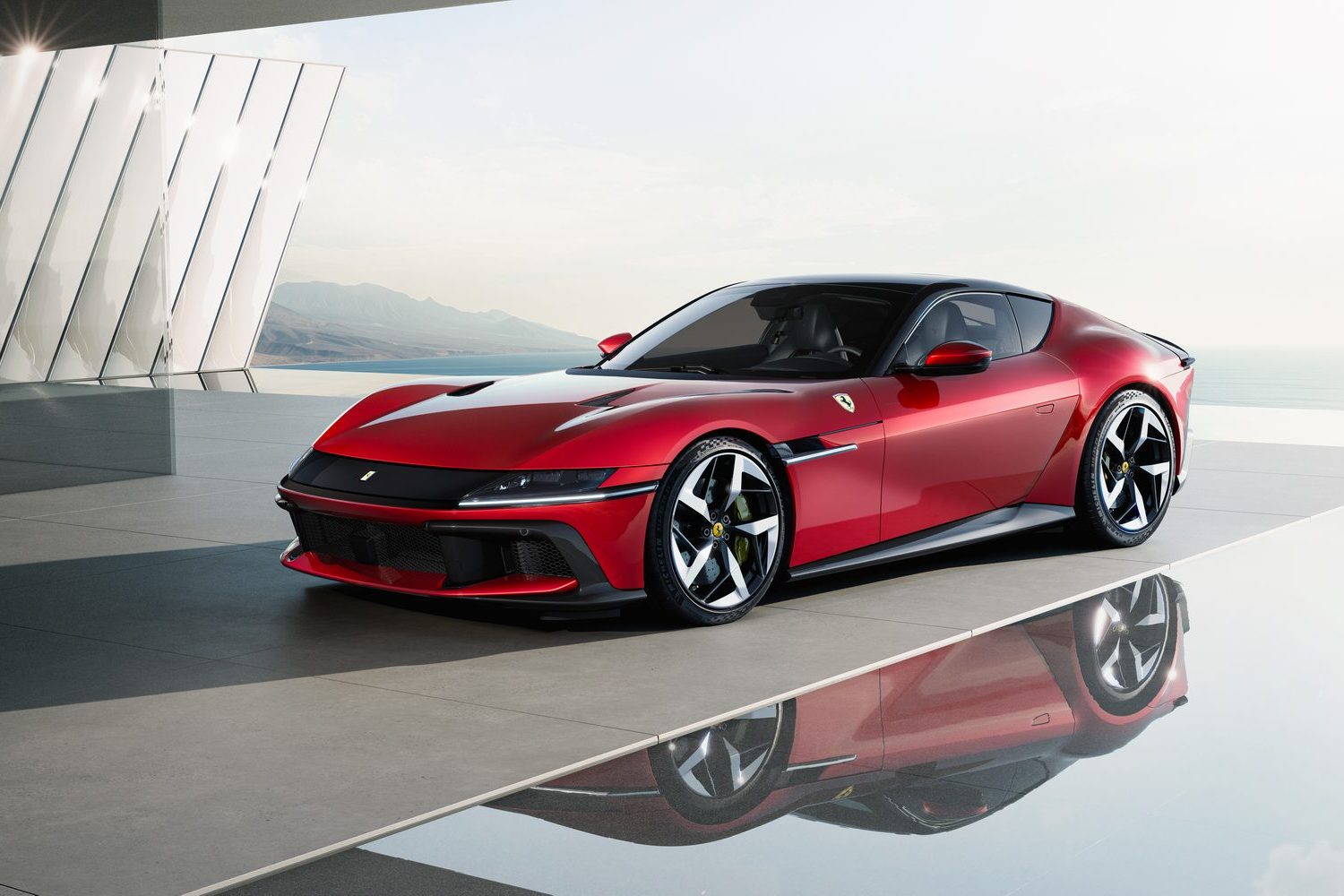
Ferrari’s reveal of this car confirms that it is adamant it can still make non-electrified V12 engines in the modern day, when many companies feel like they must hybridise their high-performance machines to meet CO2 targets.
Indeed, Ferrari itself already has hybrids and plug-in hybrids in its back catalogue, and reputedly has a fully electric vehicle (EV) coming in 2025. But the 12Cilindri eschews any such technology, instead coming with a pure petrol powertrain.
And what a powertrain it is. Front-mounted and sending drive to the rear of a 12Cilindri, it conjures up a colossal 830hp, eclipsing even the 812’s mega 800 horsepower peak. It also has a peak torque output in excess of 680Nm to back it up.
While it may seem odd that the 12Cilindri only makes as much power as the smaller 296 GTB, that latter car has a turbocharged V6 hybrid drivetrain to get to such lofty numbers, whereas this grand tourer has a naturally aspirated 6.5-litre V12 that can rev to 9,500rpm.
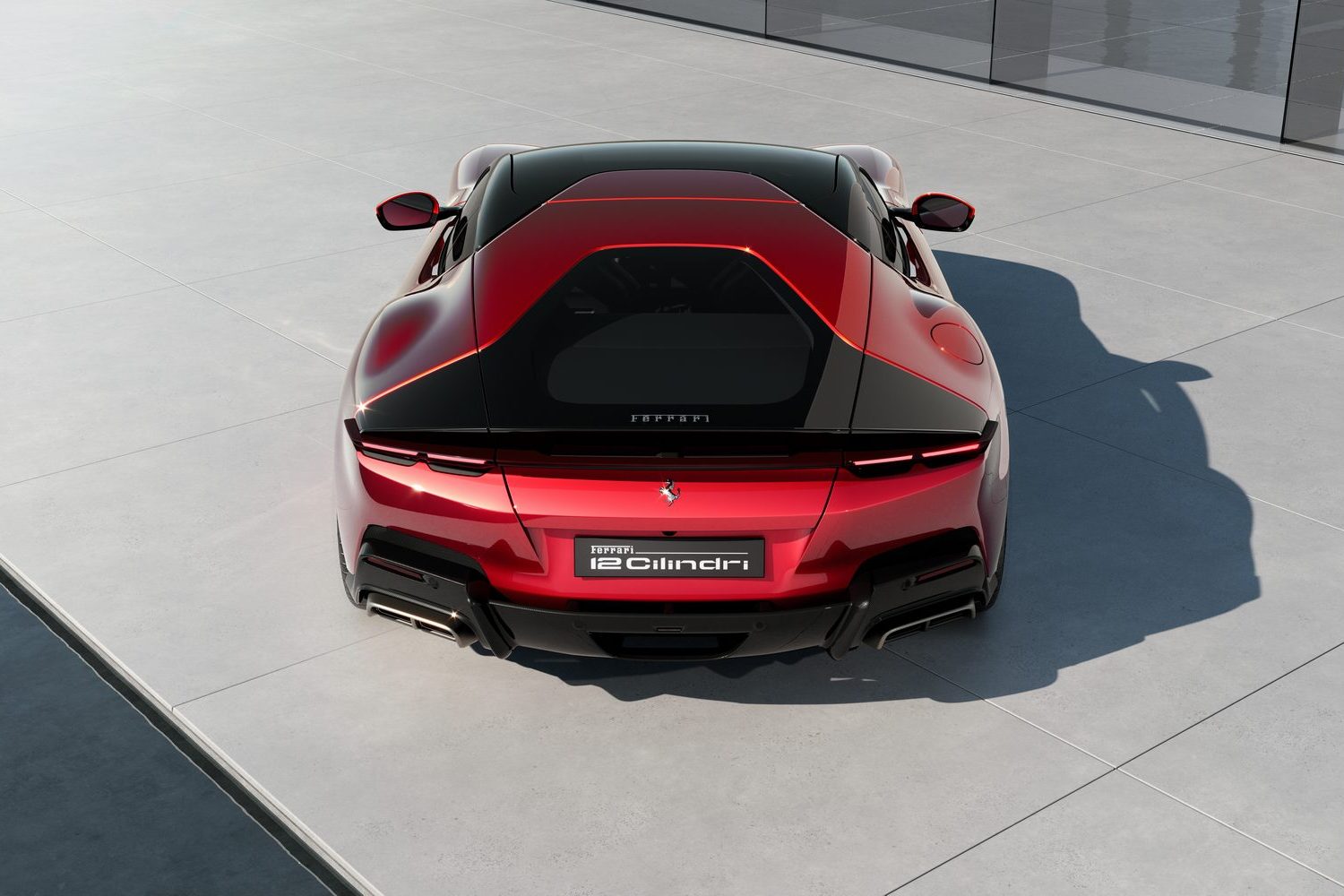
Some of the performance stats for the 12Cilindri are jaw-dropping. It will run 0-100km/h in 2.9 seconds, 0-200km/h in just 7.8 seconds, and can go on to 340km/h (wherever there’s masses of space and no law precluding such mammoth pace, of course). All the engine’s muscle goes to the rear wheels via an eight-speed dual-clutch automatic transmission, representing an extra cog over the 812’s gearbox. Shift times are said to be 30 per cent quicker in the 12Cilindri.
Long history using this many cylinders
The power delivery is not designed to be as extreme or intense as it was in the old 812 Competizione, though, and the reason for the continuation of the V12 is because wealthy customers in key global markets - the US and the Middle East, specifically - want Ferrari to keep making non-turbocharged engines of this configuration. The Italian company has used a V12 ever since its first Ferrari-badged car, the 125 S, appeared in 1947.
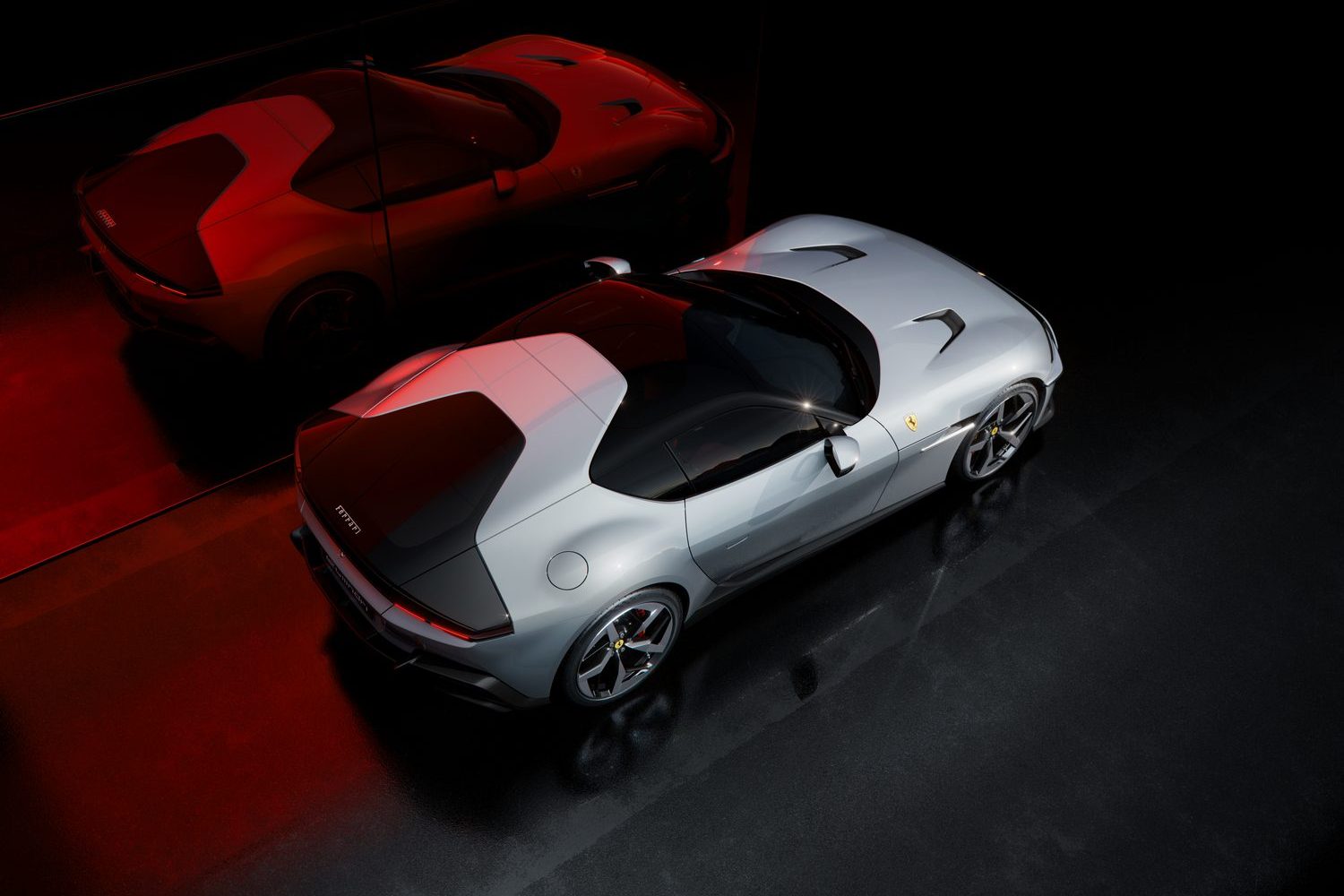
As to the styling of the 12Cilindri, it takes a flavour of some of the Ferrari GT cars from the 1960s, but the idea is to give it a science-fiction futurism, hence the visor-shaped front of the vehicle and its wedge-like profile, leading to super-slim rear LED lights, all sitting beneath a ‘delta wing’ rear window. The wheels, meanwhile, are 21-inch items constructed from solid metal.
What isn’t obvious when the 12Cilindri is sitting still is that it is the first front-engined V12 Ferrari to feature active aerodynamics. Two flaps lift into the airstream at 60km/h and stay there right the way to 300km/h, generating 50kg of downforce on the rear at 250km/h. Above 300km/h, they drop away again as there’s enough stability generated by the Ferrari’s basic shape at such velocity.
Underneath the car, a flat body is punctuated by three channels at the front that can create vortices for ‘ground effect’ (the aero essentially sucking the car down towards the road due to pressure differentials), but louvres prevent any ‘dirty’ radiator air from interacting with said vortices and spoiling the 12Cilindri’s aerodynamics.
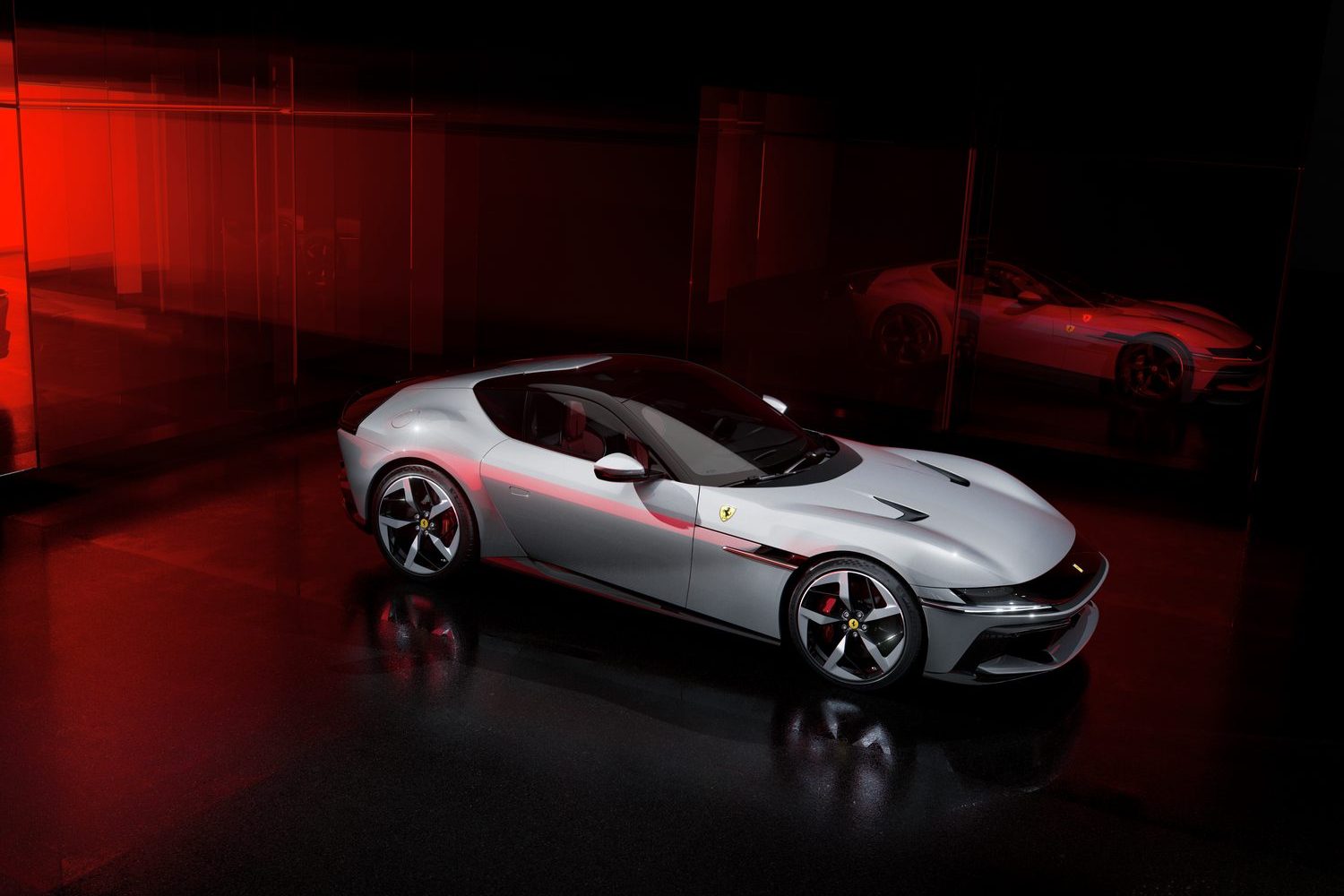
Independent rear-wheel steering
Elsewhere, despite the fact the engine doesn’t use any CO2-reducing hybrid techniques, the Ferrari’s underpinnings are made from recycled aluminium that reduces carbon-dioxide output during production, while increasing the stiffness of the chassis by 15 per cent.
The suspension componentry is lifted from the 812 the 12Cilindri supersedes, with a calibration set somewhere between the softer 812 Superfast and the hardcore 812 Competizione. The Manettino switch on the steering wheel allows drivers to alter the driving mode as ever.
Further, the 12Cilindri has rear-wheel steering, although, cleverly, each wheel can turn independently of the other, with the car’s main control units working out what steering angle is needed at any given moment.
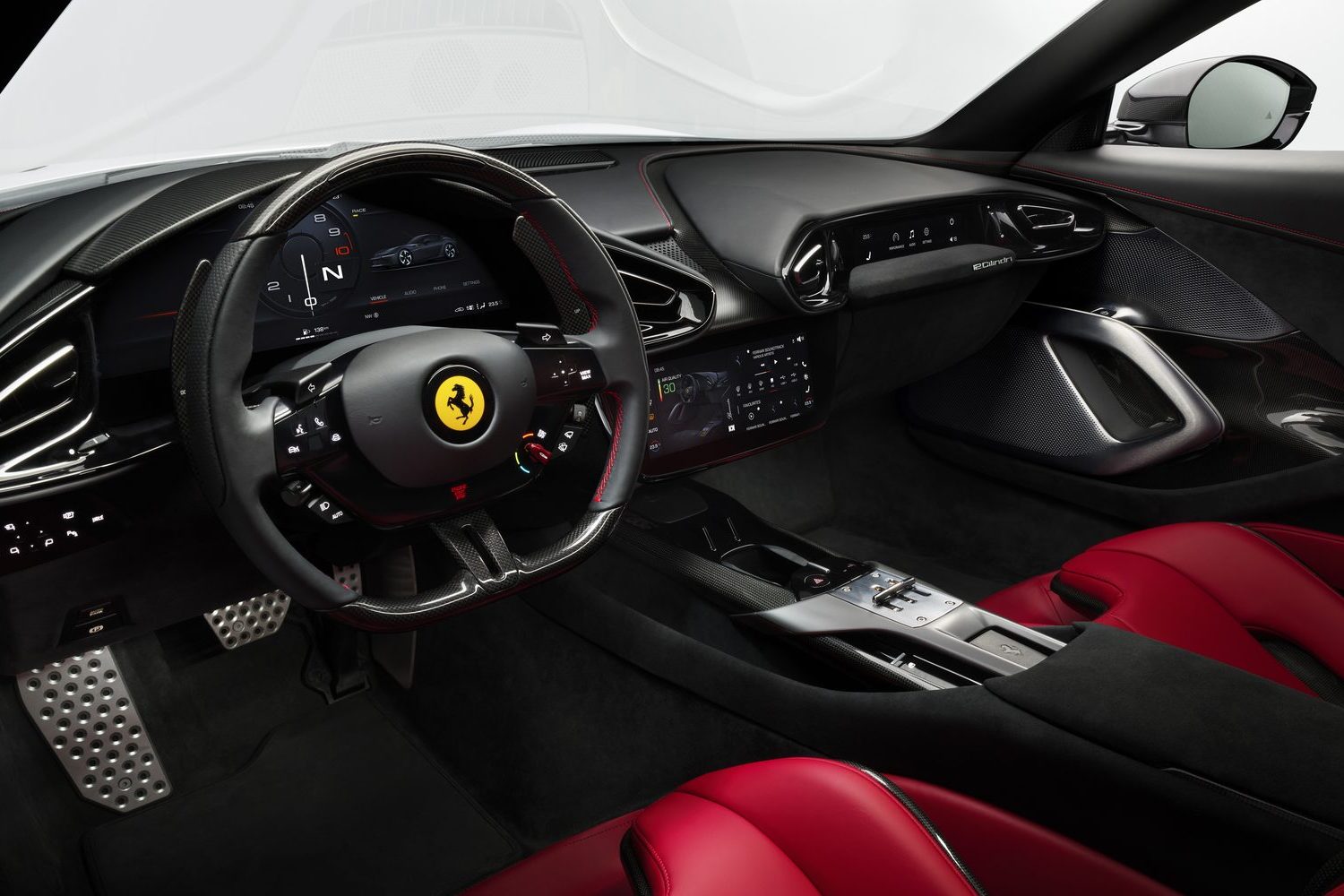
Inside the Ferrari, it has a similar double-cockpit layout to the Purosangue SUV, though a new central touchscreen handles some of the controls that might otherwise be clustered on the 12Cilindri’s steering wheel. Beneath that, the centre console’s design mimics the rear window’s delta-wing form.
Two body styles
The 12Cilindri is going to be available from the off as both a coupe and a convertible, the latter called the Spider.






















